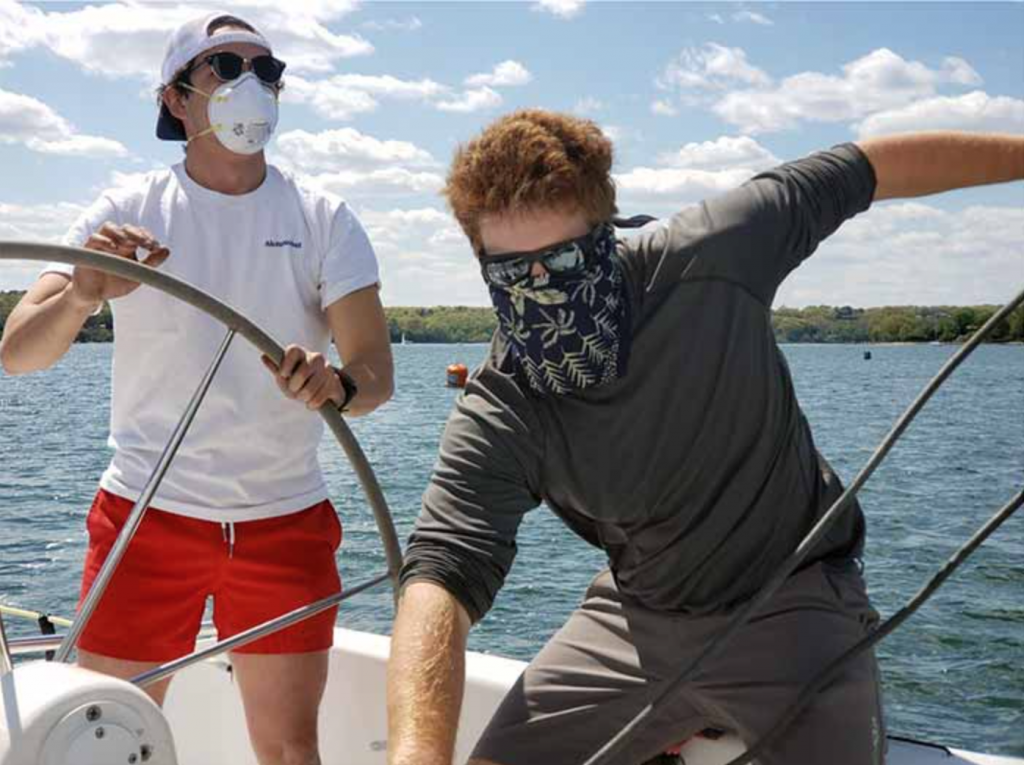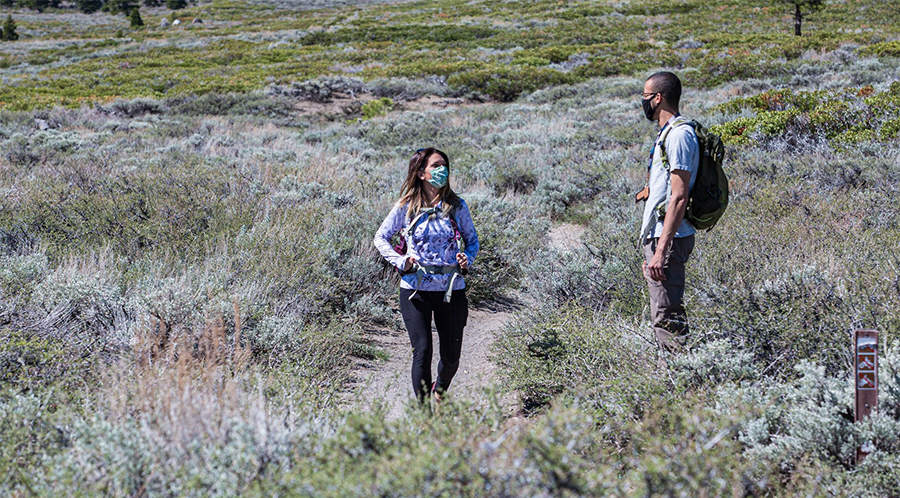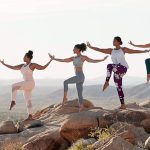Coming as no surprise, the outdoor recreation industry continues its robust growth, bolstering the country’s overall economy.
Such were the findings in a Tuesday report released by The Outdoor Recreation Roundtable (ORR) and Bureau of Economic Analysis (BEA), whose results unveiled economic data on outdoor recreation’s economic impact on the U.S. economy.
Marking the third consecutive year that BEA, an agency of the U.S. Department of Commerce, has released outdoor recreation economic data, the report includes national and state-level contributions for 2018/19, as well as updated numbers for the period 2012 through 2017.
Overall, the report shows that in 2019, prior to the pandemic, outdoor recreation made up 2.2 percent of the U.S. total GDP, generating $788 billion in gross output while supporting 5.2 million jobs. “It was growing faster than the overall economy prior to the pandemic and likely will continue to do so,” said host Jessica Turner, executive director of ORR, a coalition with 33 member associations serving over 110,000 businesses.
While COVID-19 strongly affected it — the study showed outdoor recreation to be the second-most impacted industry by the virus, with 88 percent of companies laying off or furloughing employees and 94 percent reporting a decrease in revenue — the sector is still booming, producing jobs and recovery for the U.S. economy.

After Turner’s introduction, Dirk Van Duym, a research economist for BEA, broke down the numbers further, equating the industry’s size as similar to the broadcasting and telecommunications industries. Boating and fishing comprise, its biggest sector, at $23.6 billion, followed by RVing at $18.6 billion and hunting/shooting at $9.4 billion. In terms of growth, hunting/shooting leads the industry at 9.8 percent year-over-year growth, with snowsports at 3.1 percent growth.
It’s these participation numbers that show the sector’s strength. Previous figures showed 48 percent of the U.S. population participated in outdoor recreation, which grew to 69 percent in 2019 and even more during the pandemic. “The data from 2019 is incredibly encouraging,” said Lise Aangeenbrug, executive director of the Outdoor Industry Association. “And it’s even better now. In 2020 people wanted to get outside no matter what. And we know that health and wellness are tied to people’s ability to get outside.”
The Powersports category is a key driver of growth. “We’ve seen record Powersports sales during COVID-19 with double-digit growth across all categories,” said Erik Pritchard, president and CEO of the Motorcycle Industry Council, echoing similar findings in other motorsport sectors like boating.
Added former Outdoor Industry Association Executive Director and current National Marine Manufacturers Association President Frank Hugelmeyer: “Outdoor recreation was driving growth across the economy before COVID and is doing so now as well. And we expect that trend to last long after the crisis is resolved. He added there were 44,000 new boat buyers entering the market between this past March and June alone, with 70 percent of all boat sales used for fishing. “It’s important to recognize the tremendous value outdoor recreation plays in both the economy and people’s health,” he added.
A similar metric was shared by Paul Bambei, president of the National Association of RV Parks and Campgrounds, who said a recent KOA study found that 26 percent of this year’s campers were new, and a quarter of them tried RVing for the first time. Moreover, September’s user numbers showed a 19 percent growth year-over-year, with the sector showing a 32 percent increase in advanced reservations heading into 2021.
The analysis also showed outdoor recreation’s importance broken down by state. In Hawaii, it comprises 7.5 percent of the overall economy, and in Montana, 4.7 percent.
Photos courtesy Mammoth Lakes, CA, Boat U.S.
















